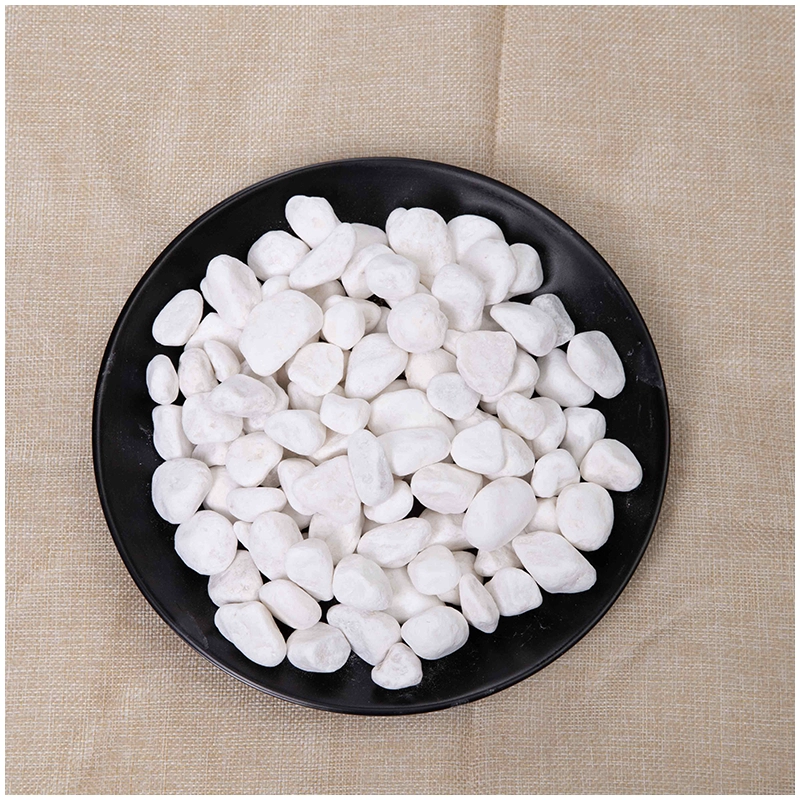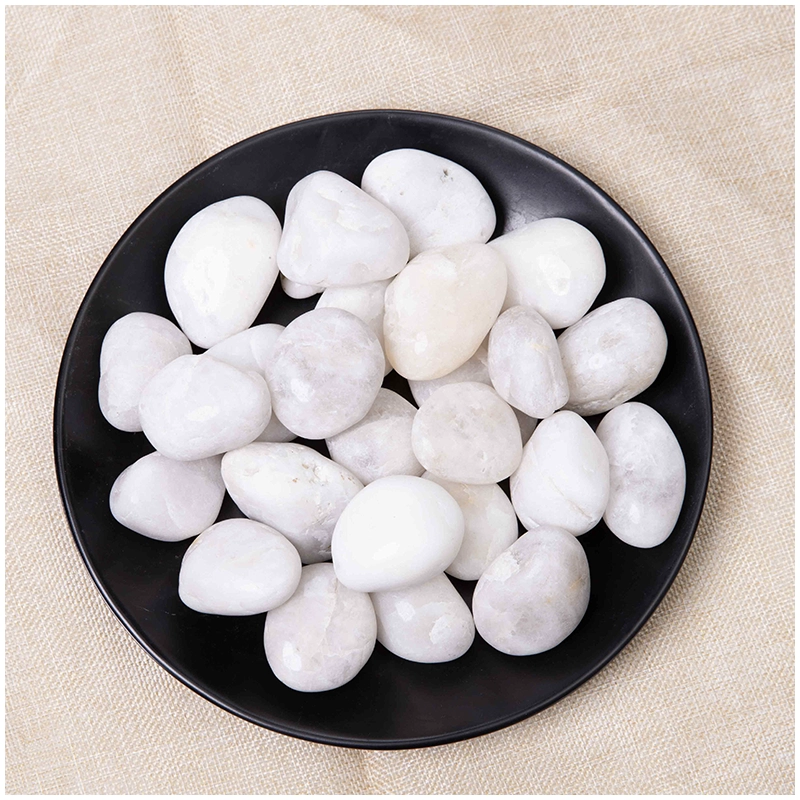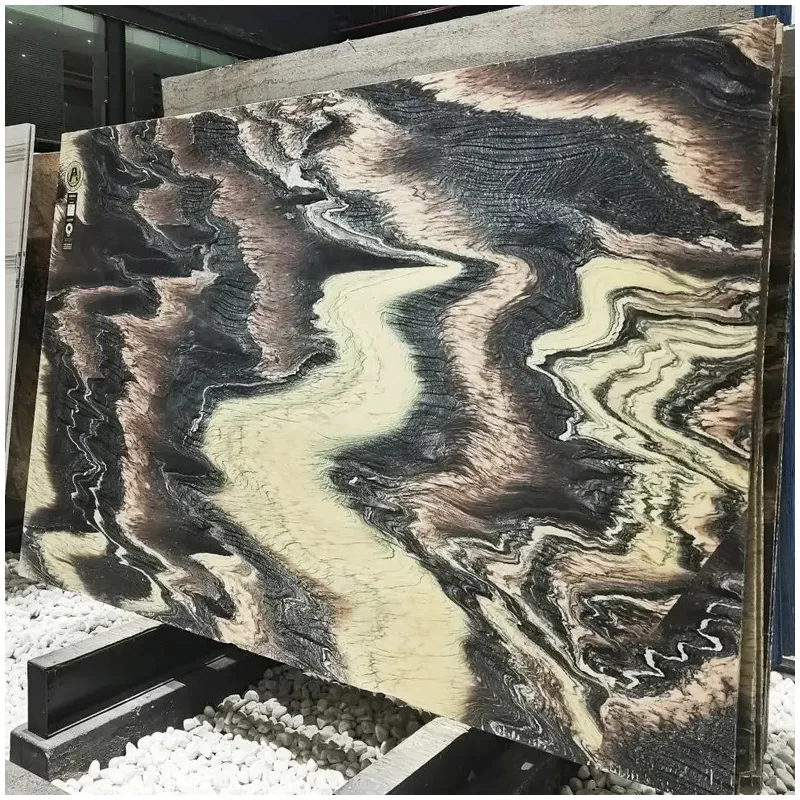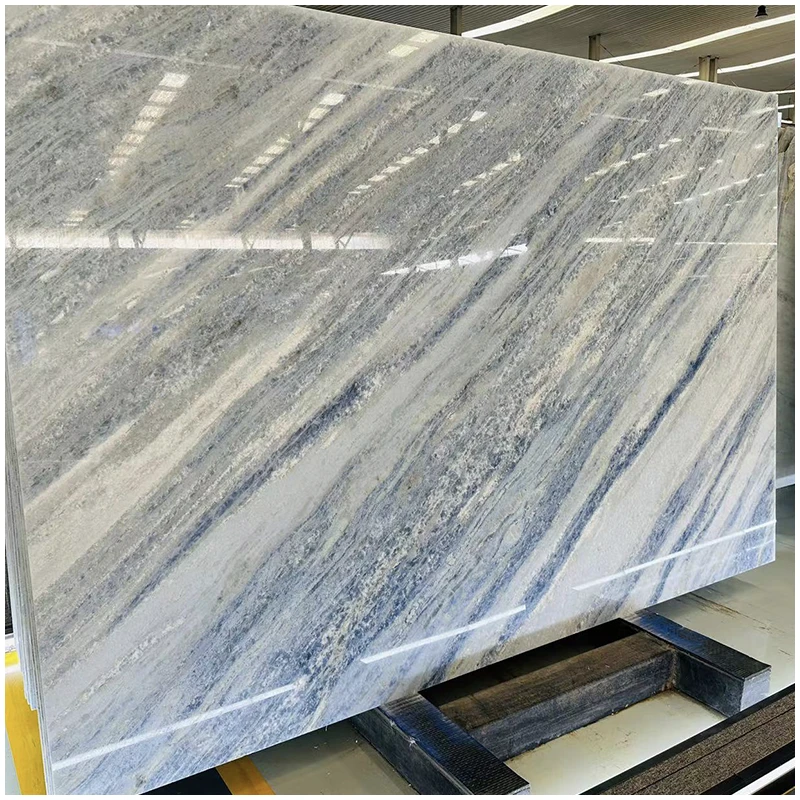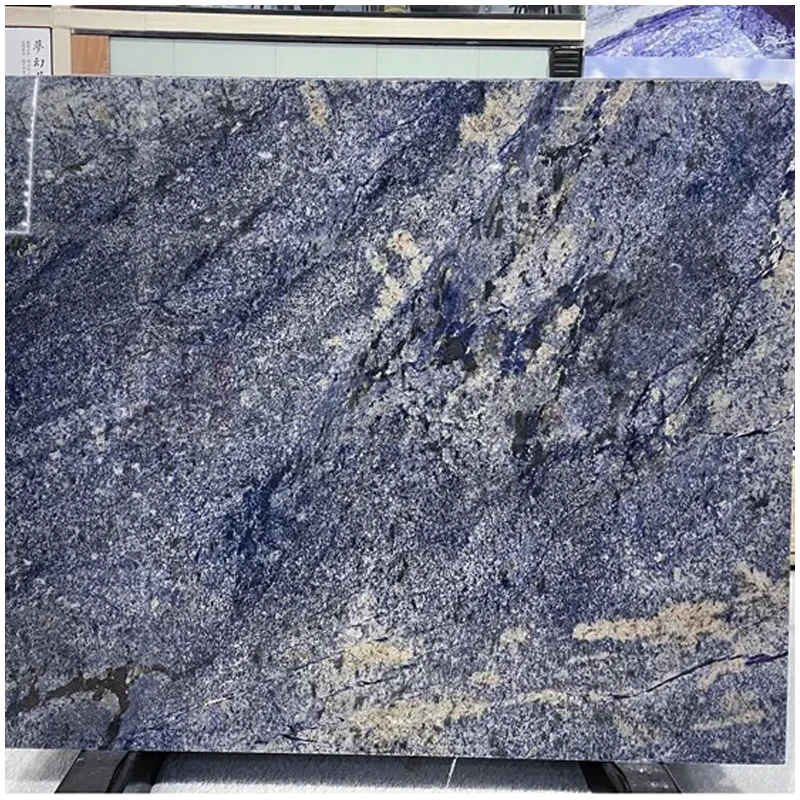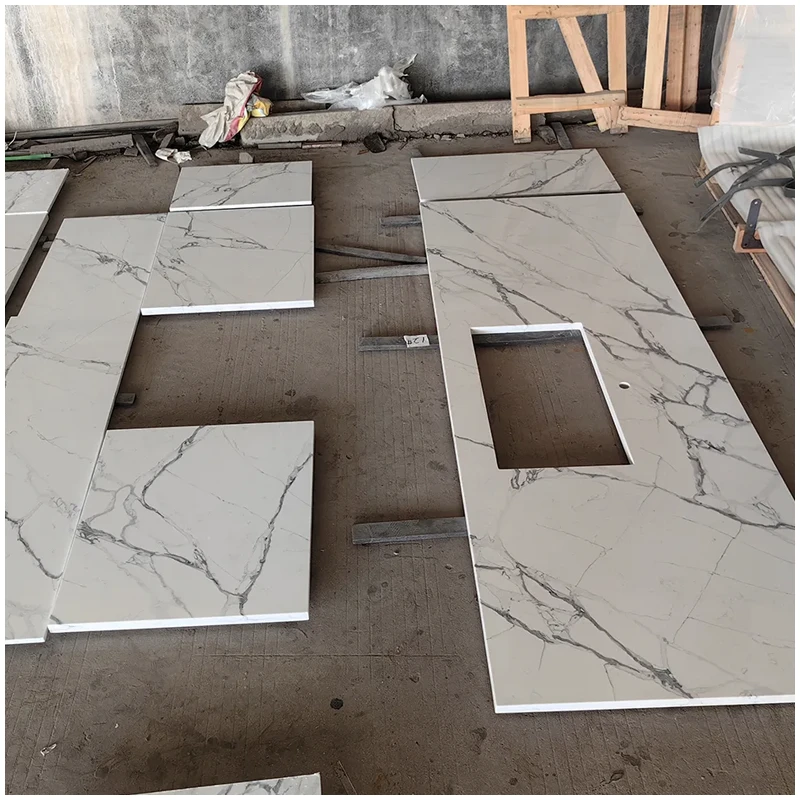Ubin Lantai Marmer Putih Volakas
Volakas White Marble Tile Collection Bring natural color, beauty, and warm tones into your home with the Volakas marble series. This authentic Greek marble was used for thousands of years in statues and is guaranteed to bring distinctive style to any space.
Volakas marble’s best-kept secret is an unusual beauty that never fails to dazzle the observer. Original from Greece, this white natural stonework is appreciated both for its uniformity as well as its grey tone veins rushing across a white backdrop to create a unique, timeless kind of marble.
| Good Quality Volakas White Marble Slab | ||
|
Bahan |
Ajax Volakas White Marble | |
| Permukaan akhir | Dipoles, Diasah, dll. | |
| Lempengan |
Ukuran |
1800 (atas) x 600 (atas) mm
1800 (atas) x 700 (atas) mm
2400 (ke atas) x 1200 (ke atas) mm
2800 (atas) x 1500 (atas) mm
… |
| Thk | 18mm, 20mm, dll. | |
| Ubin | Ukuran |
300x300mm
600x300mm
600x600mm
… |
| Thk | 18mm, 20mm, dll. | |
| Meja |
Ukuran |
Kustomisasi berdasarkan gambar/persyaratan |
| Thk | 18mm, 20mm, dll. | |
| Vanity Tops | Ukuran | Kustomisasi berdasarkan gambar/persyaratan |
| Thk | 18mm, 20mm, dll. | |





Apa perbedaan antara marmer yang dipoles dan marmer yang diasah?
Marmer yang dipoles memiliki tampilan yang mengkilap dan berkilau. Marmer ini sangat halus dan lapisannya berfungsi sebagai pelindung. Marmer yang diasah adalah hasil akhir yang lebih datar, kurang reflektif. Orang sering memilih marmer yang diasah karena lebih kecil kemungkinannya untuk tergores atau tergores. Goresan pada permukaan matte biasanya tidak akan terlalu terlihat dibandingkan dengan hasil akhir yang mengkilap. Namun, marmer yang diasah akan lebih rentan terhadap noda karena pori-pori batu lebih dekat ke permukaan. Kedua pilihan ini cocok untuk sebagian besar aplikasi, termasuk penggunaan di dapur dan kamar mandi.
Why does marble turn yellow?
White marble can turn yellow or brown when the stone is directly it is exposed to water for long periods of time, or if the stone is penetrated by harsh chemicals, including bleach and acids found in some foods and household cleaners. The yellowing usually happens because the iron in the stone oxidizes. If the seal on the marble has weakened or worn, water and other chemicals can reach the surface of the stone and absorb into the pores, which causes discoloration.
Yellowing and discoloration can also be caused if the marble is not cleaned properly. Some cleaners, polishes, and waxes that are not designed for marble can leave a build-up that will cause the stone to turn yellow.
In most cases, the stone can be repaired. It is suggested that you contact an expert for these repairs.








